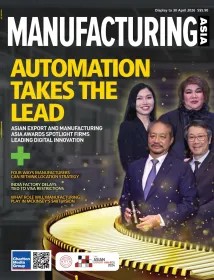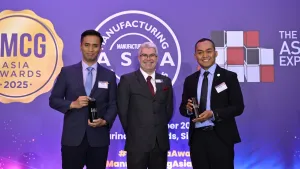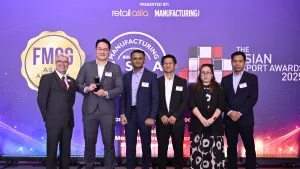
Key barriers the semiconductor industry must overcome to gain investment success
McKinsey noted five barriers that may hinder the sector's long-term progress.
Global semiconductor firms plan to invest about US$1t in new fabrication plants (fabs) through 2030, with the industry’s yearly revenue forecasted to surpass the same amount by the same year, according to McKinsey’s report.
However, five barriers could impede advancements from newly invested capital over the long haul. The semiconductor industry will need to confront these barriers if it expects to fully realise the benefits from announced investments and others that may come.
Underlying capital and operating cost dynamics
McKinsey estimates showed that with subsidies accounted for, a standard mature logic fab built in the US will cost roughly 10% more to build and have up to 35% higher operating costs than a similar facility built in Taiwan.
Europe’s operating costs are roughly comparable to those of the US due to higher energy costs but lower labour costs. Mainland China has up to a 20% cost advantage in total subsidised operating expenses and up to a 40% advantage on subsidised capital expenses.
Whilst investing in more-expensive fabs locally may provide meaningful benefits, the underlying cost dynamics could effectively create higher costs that direct consumers of chips and end customers may ultimately absorb.
Although local fab investments can boost resilience and jobs, they may drive up chip costs and amplify industry boom-bust cycles due to the sector’s reliance on high utilisation. Labour and utility costs are the main drivers of regional disparities, whilst equipment expenses are largely equal without subsidies.
Increasing material demands
Leading-edge chips—especially those less than ten nanometres (nm)—and advanced packaging (AP) require increasingly complex manufacturing methods, which increases the demand for the materials that enable these processes and create the finished product.
As semiconductor technology progresses to use smaller nodes, the number of mask layers used as part of the process that defines and fills conductive channels in the chip for producing a single wafer increases disproportionately.
Offshore concentrations of raw materials and packaging
Whilst the semiconductor industry has a relatively smaller market demand on the global supply of these key raw materials, the concentration in only a few countries and regions can potentially disrupt the semiconductor industry if export restrictions are imposed.
Materials such as tungsten, germanium, and cobalt have niche availability, meaning that more than 70% of such materials’ market share is controlled by a single country, which could exacerbate supply chain constraints.
Unlike wafer manufacturing locations, the availability of these critical raw materials is fixed by geography: Countries either have these materials or they don’t. This characteristic makes the supply chain vulnerable to disruptions or necessitates the sourcing of more expensive alternatives.
Logistical and handling issues
The report noted that a recent assessment on supply chain resilience for key material transportation positions wet chemicals, bulk gases, and nitrogen trifluoride specialty gas as the parts of the supply chain that would be the best candidates for onshoring or nearshoring.
Despite a financially stable supply chain, timely material delivery still depends heavily on robust logistical infrastructure.
Talent shortages
The semiconductor industry is grappling with a major talent shortage, with technical job postings in the US and Europe growing at over 75% annually from 2018 to 2022, according to McKinsey.
This gap is driven by high attrition, an ageing workforce, surging demand, and too few trained graduates.
To close it, companies are turning to talent clusters—regional hubs that promote innovation, attract investment, and lower risks for startups through dense networks of skilled professionals and strong infrastructure.
















